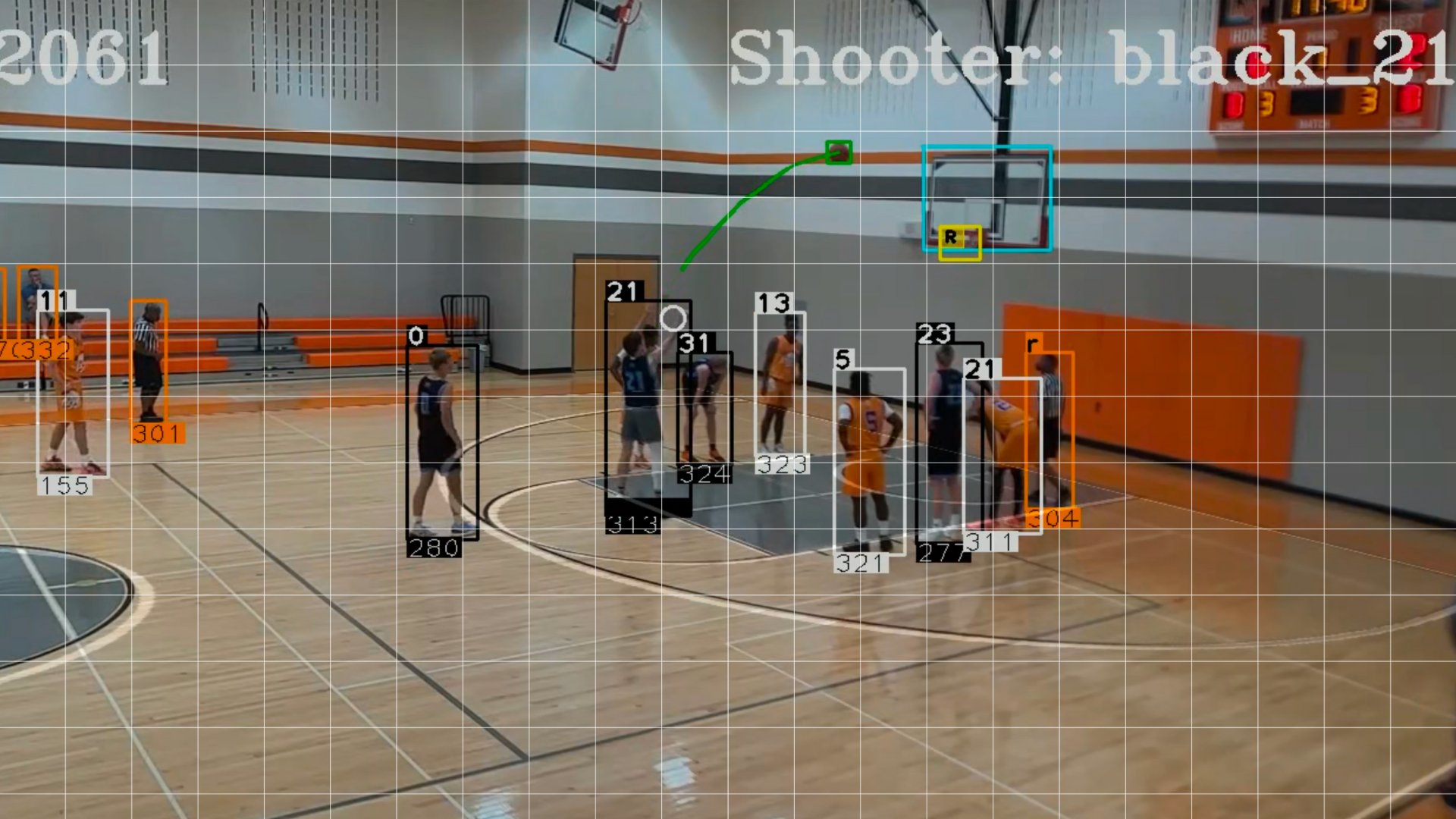

3 Tips to Keep Young Basketball Players Involved (From a Former Athlete)
Youth basketball can be a grind. However, every parent reading this article is united by the same goal: helping their kids improve. Whether your child is playing organized middle school basketball or suiting up for an AAU team, this is the prime time to develop their skills. That doesn’t mean being a helicopter parent. That term carries a very distinct, negative connotation for a reason. That being said, guiding your children to success in youth sports is walking a fine line.
As a former collegiate athlete, I have seen my fair share of kids lose their love for sports over the years as a result of harsh and excessive coaching from their parents. The key is balancing your child’s passion and joy for the game while simultaneously pushing them to improve their craft. That may sound like a difficult task, but it’s not if you have a game plan. As an athlete who went through this process not so long ago, I have plenty of experience in this department.
Here are three keys to keeping young basketball players involved:
1. Showing and encouraging them with video
Kids are stubborn. Trust me, I’m speaking from experience here. A lot of the time, they won’t listen to criticism — even if it is constructive — because admitting they made a mistake is difficult.
So, why argue with them about these mistakes when you could just show them? Let’s use this example: if you tell your child they’re missing jumpers because the direction of their feet is throwing off their form, not only will they likely ignore you, they won’t actually know how to fix that issue.
Now, if you SHOW your child how exactly their foot placement and direction are incorrect through video, they will be able to see their mistake and have a visual reference to use while making adjustments. No longer is this a biased observation coming from their parents. The footage doesn’t lie.
Helping your kids improve through the use of video is only one piece of the puzzle. The approach needs to be encouraging. Mistakes happen, there’s no need to make them seem like a big deal. Instead, finding the positive aspects in these mistakes — because there is ALWAYS a positive side — and building off it when walking through potential improvements is extremely important.
2. Tracking quality attempts
This goes hand-in-hand with the first tip but is slightly more specific. While all of the behind-the-scenes work takes place in practice, players make the biggest developmental strides when they implement new skills in game situations.
Recording your kids while they play in scrimmages or games can be difficult for a variety of reasons. Often the footage is shaky and virtually unusable. Even if you can take good video, at the end of the day you’ll be left with raw footage and no way to dissect it. After all, most parents aren’t basketball experts.
That’s where SportsVisio comes into play.
With the app — which you can download here — your phone turns into a professional stat tracking operation. All you need to do is set up two phones near halfcourt to record both sides of the action, and SportsVisio’s AI technology will take care of the rest. The SV Cloud uses AI to track player and team stats while creating highlights.
These highlights will soon utilize advanced analytics to determine the quality of every shot your player takes. From there, the player will be able to find specific areas to adjust and attack the next time they take the floor.
This is professional-level statistics & easily reviewable play-by-play clips that most youth coaches aren’t capable of right at your fingertips. This is professional-level analysis that most youth coaches aren’t capable of right at your fingertips.
3. Don't focus on outcomes
As I mentioned earlier, mistakes happen. 12-year-old basketball players aren’t professionals who are expected to be perfect every time they suit up. Mistakes are a good thing, because it means your child is stepping out of their comfort zone to try new skills. Trial and error is the only way to improve.
However, there is a difference between a good mistake and a bad one. Bad mistakes typically come from a lack of effort or poor form. Good mistakes are when the intent and process are correct — or close to it — but the results fall short.
At this age, the most important thing is ensuring that the player’s process is correct. The outcome is secondary. If they try to follow the process laid out for them, it will result in success more often than not after repetition and practice.
If you want to set your children up for success at a young age playing basketball, these three tips will go a long way.
Related Stories
Get a Free Trial
Set up time to speak with our team and see our product in action

.svg)


